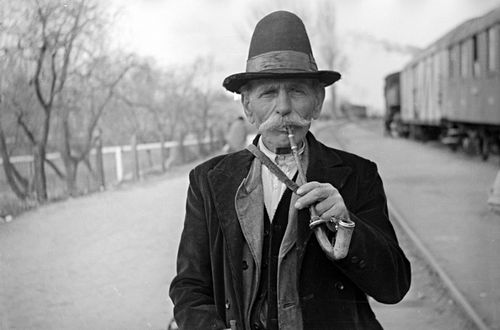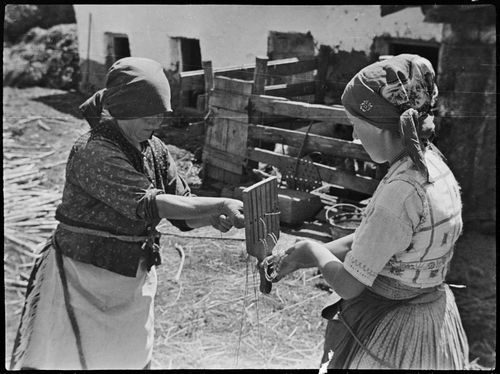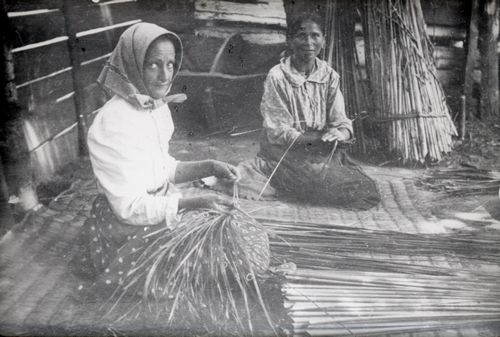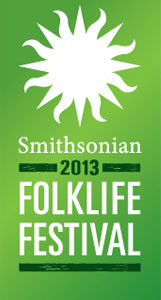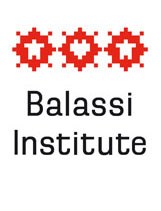Demand for handicrafts and home-made products gradually declined with the processes of industrialization and modernization that took place during the 19th and 20th centuries. In some families, however, master craftsmen continued to pass their skills down from one generation to the next, with younger family members striving to preserve the heritage of their ancestors. One prominent example of this can be found in the Mihalkó Family, perhaps the last representatives of the hatter’s craft in Hungary. In another example, the Sütő Family, makers and painters of traditional furniture, have passed their craft’s manual and decorative techniques down through fourteen generations. The indigo print masters from the town of Győr similarly are a dynasty in their field.
Trades that were already receiving public support within the home industries in the 19th century, such as weaving, wood-carving, and basketry sustained over the decades. Such crafts are still taught today in courses where interested students are tutored by experienced master craftsmen.
Public institutions have applied a system of criteria for identifying and promoting authentic, modern-standard folk art since 1953. Today, instruction in traditional craftsmanship, along with the adjudication and classification of hand-crafted products, is the responsibility of the Applied Folk Arts Department of the Hungarian Heritage House (Hagyományok Háza). Within this framework, artisans who meet the prescribed system of criteria are granted the title of Applied Folk Artist (Népi Iparművész). Since 1953, particularly talented craftspeople have been given the title of Master of Folk Art (Népművészet Mestere), while since 1970, the young people who follow in their footsteps have been awarded the title of Junior Master of Folk Art (Népművészet Ifjú Mestere). The skills and activities of those receiving the Master of Folk Art award are protected by UNESCO as part of the world’s intangible cultural heritage.
Artisans working in the applied folk arts are organized into a total of 51 Folk Art Societies (Népművészeti Egyesület) located throughout the country. These are overseen by the Federation of Folk Art Societies (Népművészeti Egyesületek Szövetsége), which sponsors the country’s largest national event for craftspeople, the Crafts and Trades Festival (Mesterségek Ünnepe), held in the Castle of Buda. This four-day event, in which craftspeople from the Federation’s members hold presentations of traditional Hungarian craft-making which brings in a growing number of tourists every year and also helps craftspeople gain recognition among their international peers. The Federation also holds many prestigious bazaars, exhibitions, classes, and camps with the purpose promoting Hungarian folk crafts and related values.
Craftspeople belonging to a Folk Art Society find themselves working simultaneously within a small creative community and an extensive national network as well. With the disappearance of Hungary’s craft and trade dynasties and peasant communities, the role of such local groups in supporting talented craftspeople, nurturing future generations, and passing down traditions is of the utmost importance. Included on UNESCO’s Intangible Cultural Heritage List are Hungary’s Matyó crafts (embroidery, costumes, and folklore) and Kalocsa embroidery, costumes, decorative painting, and dance.

